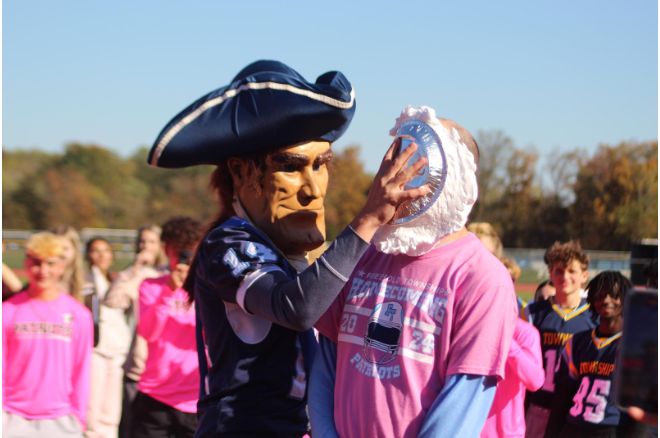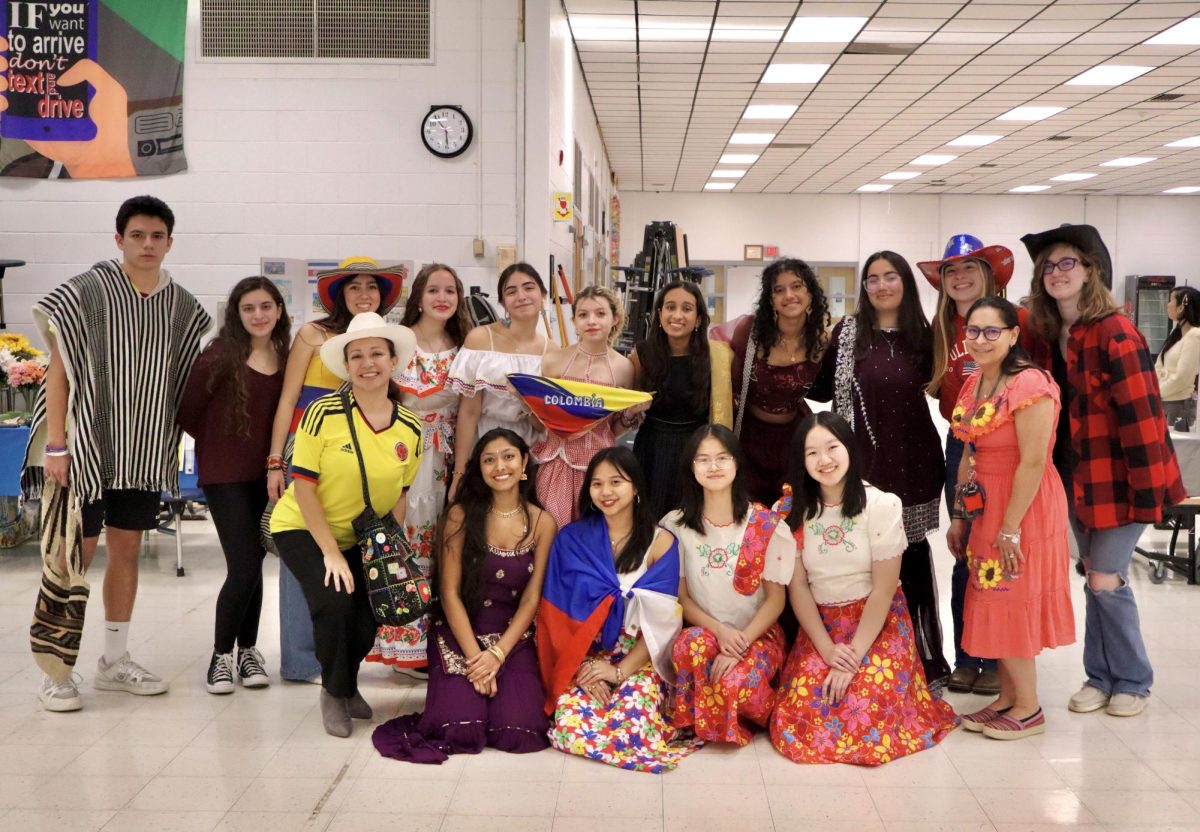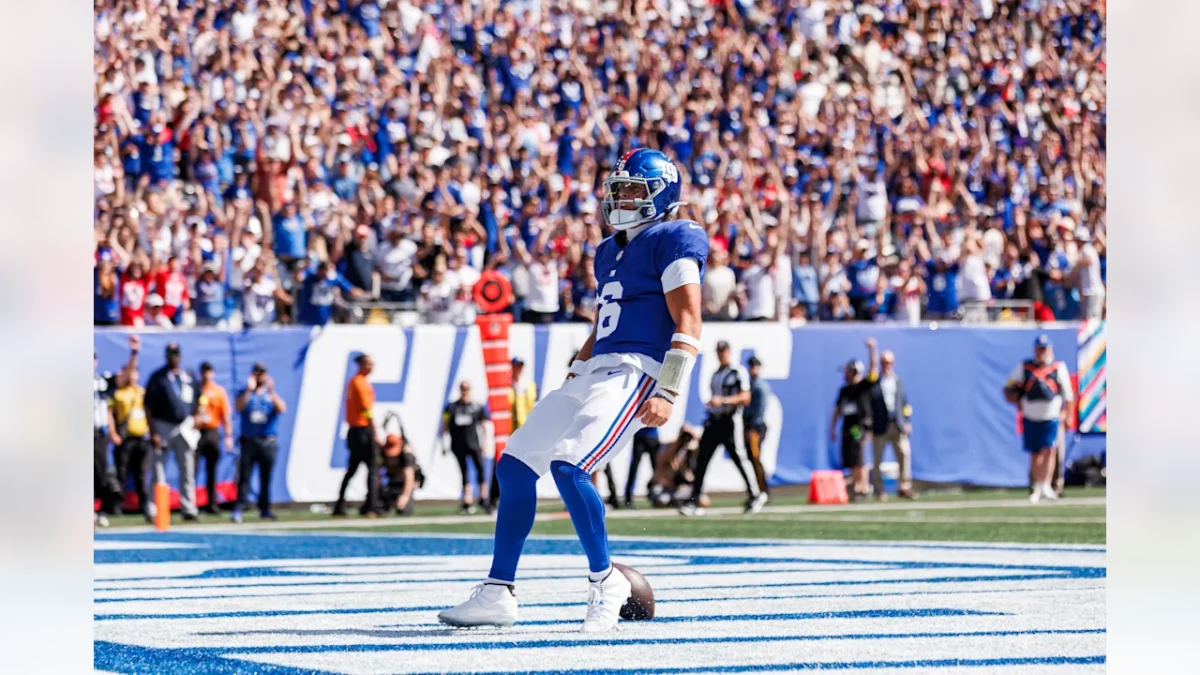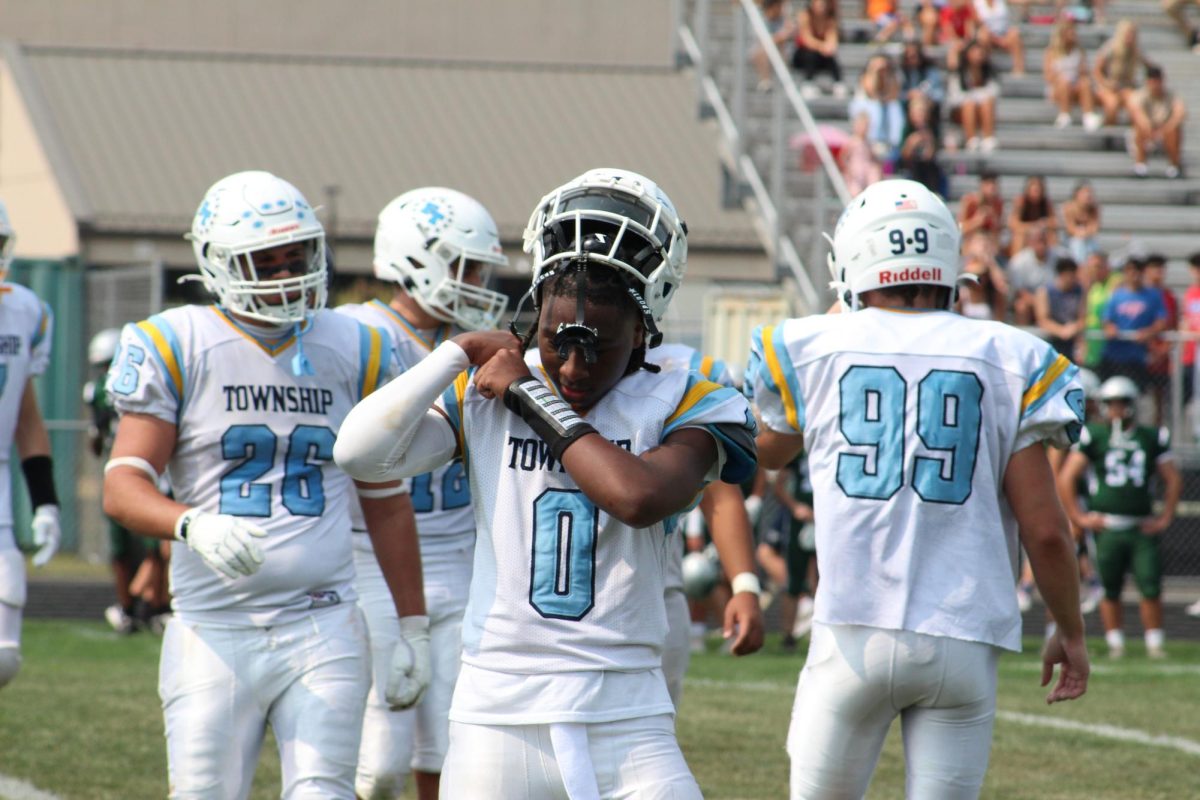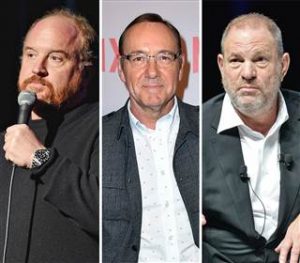EDITORIAL: Time’s Person of the Year– Why the Silence Breakers Were the Correct Choice
January 2, 2018
2017 was a year full of contention. From Donald Trump’s presidency, kneeling on football fields, and a plethora of national protests, there has not been a shortage of people or events that have caused an uproar. In the midst of such mayhem, we often forget about the trivial, background events such as Time’s Person of the Year. The annual issue of the magazine by Time features and profiles a person, a group, an idea, or an object that “for better or for worse… has done the most to influence the events of the year.”
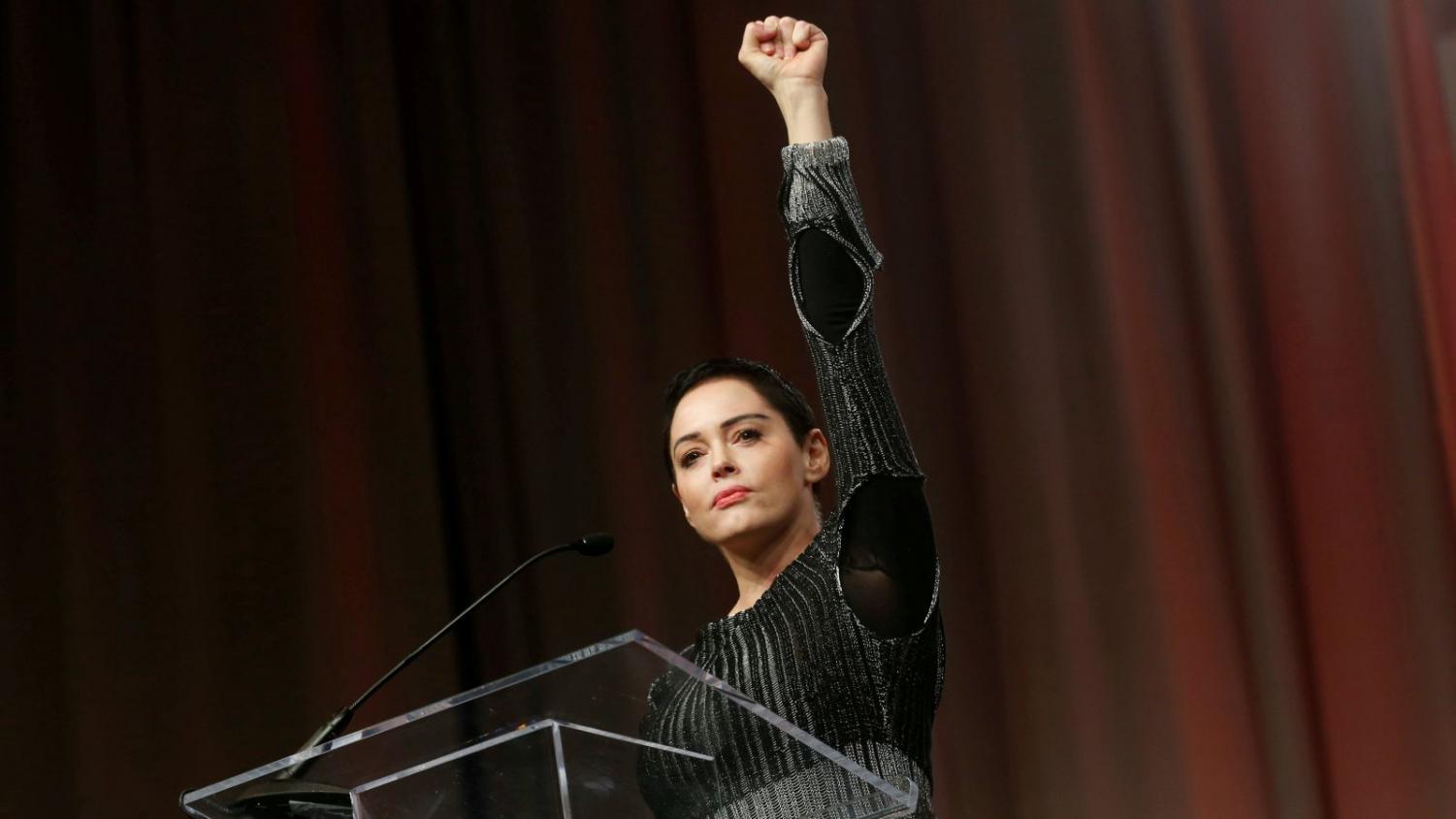
Having looked at the list of past choices, it was clear there was no scarcity of risky picks. People such as Adolf Hitler – an outspoken anti- Semite and global terrorist – and more recently Vladimir Putin, a totalitarian that has committed extensive war crimes in Syria along with other destructive deeds. Simultaneously there have been a plethora of positive influencers of the year, such as Martin Luther King Jr., a remarkable civil rights activist, and people like the Whistleblowers, women who exposed the largest incident of accounting fraud in U.S. history at the time and giving testimonies about the FBI’s mishandling of information related to 9/11. With the good comes the bad, positive influence or not the subject of the year relies on impact and not popularity.With an action-packed 2017, the options for Time’s feature were definitely not limited. Contenders included The Dreamers, undocumented immigrants brought to the US as children, Kim Jong Un, supreme leader of North Korea, Colin Kaepernick, former NFL quarterback and staunch protester against racism and police brutality, and Donald Trump, current president of the United States.
However, the Silence Breakers – inclusive of the #MeToo campaign – were selected to represent Time’s Person of the Year. The cover is graced by Ashley Judd, an American actress and political activist, Susan Fowler, an American engineer and influencer in how Uber and Silicon Valley companies treat sexual harassment, Adama Iwu, lobbyist and activist, Taylor Swift, and Isabel Pascual, a strawberry picker.
 These women may seem drastically different from each other in more ways than one, yet they all share the abhorrent experience of sexual harassment in one form or another. Ashley Judd was a victim of one of Harvey Weinstein’s infamous attempts to coerce her into bed. Rather than keeping quiet, she decided to break the silence and speak out, opening a platform for other men and women to reveal their own experiences. Susan Fowler published a blog post detailing the culture of harassment and silence at Uber, which triggered the resignation of Uber’s CEO at the time, ousting over twenty other employees guilty of harassment.
These women may seem drastically different from each other in more ways than one, yet they all share the abhorrent experience of sexual harassment in one form or another. Ashley Judd was a victim of one of Harvey Weinstein’s infamous attempts to coerce her into bed. Rather than keeping quiet, she decided to break the silence and speak out, opening a platform for other men and women to reveal their own experiences. Susan Fowler published a blog post detailing the culture of harassment and silence at Uber, which triggered the resignation of Uber’s CEO at the time, ousting over twenty other employees guilty of harassment.
Adama Iwu organized over 147 women to expose the sexual harassment in Californian government after experiencing harassment herself. Swift battled an incredibly publicized case against a radio host who groped her, counter-suing him for a singular dollar to exhibit that she wanted representation, not money. Isabel Pascual, originally from Mexico, described how she felt trapped by her harasser as he began to stalk her at home and threatened to come after her or her children if she spoke out.
Although the plights of these brave women has been put into only a few words, they have all gone through horrific, nuanced, and life-changing events which they have managed to overcome. The significance of the cover is not that it is powered by women or that it is filled with celebrities; rather, the meaning of this cover lies in both the subject matter and those being profiled.
For years, both female and male experiences with sexual harassment have been ignored, belittled, or silenced. This culture of shame and censorship is not only long and arduous, but is, most notably, commonly accepted. Assault has been so normalized that even the president of the United States has participated in it along with other government officials, including the likes of seemingly-beloved celebrities such as Charlie Rose, Kevin Spacey, and Dustin Hoffman.
In recent years, society has opened its ears to these sorts of experiences, however it was often times with selective hearing, cherry-picking the stories it believed. But Time’s acknowledgement of the “Silence Breakers” forces our culture and society to listen to stories of women of color, poor women, women too afraid to tell their stories until now, and stories that may have otherwise been ignored.
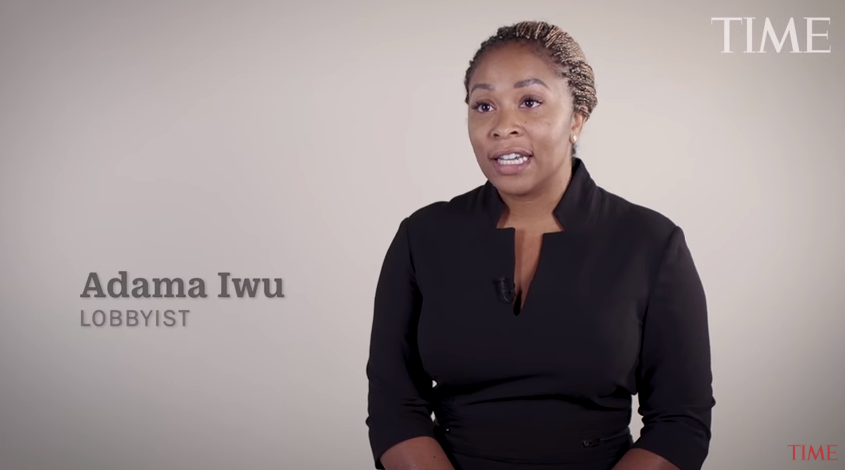
The “Silence Breakers” address the fact that victims of sexual assault are often too afraid or ashamed to come forward. This cover, along with the profiles of the victims, takes away the shame of admission. The conversation it starts allows other women to speak their own experiences and stories. It also takes the attention and the sympathy away from the attacker and turns the focus onto the survivor. Doing this ultimately highlights the fact that those who experience assault or harassment are not alone, that their emotions are valid, and that other victims can overcome the obstacles which come along with the trauma.
The stories of these women and their struggles are not isolated incidents, they are not flukes, and what they describe will not stop. ”Silence Breakers” are, as Time’s editor-in-chief describes, “giving voice to open secrets… moving whisper networks onto social networks… [and] pushing us all to stop accepting the unacceptable”. Men and women that are survivors are not seeking sympathy, they are seeking justice and closure, as long as there are brave men and women who refuse to be silenced.
Source(s): http://time.com/time-person-of-the-year-2017-silence-breakers-choice/







